Intergalactic Emergency
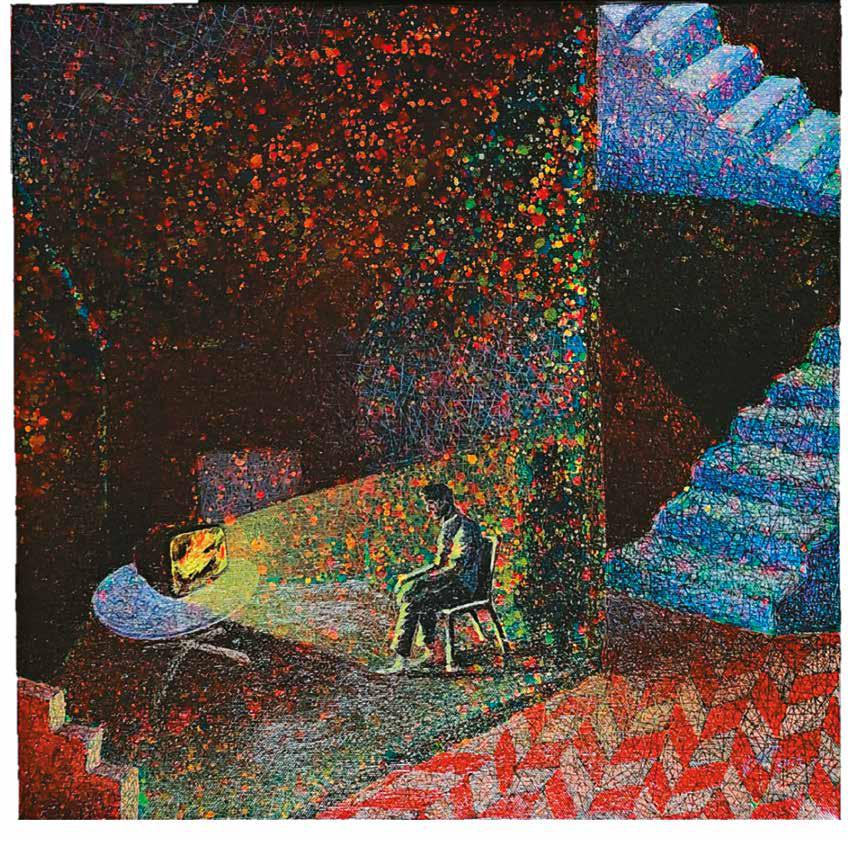
EVERY generation believes the next one is doomed. When hieroglyphs were all the rage in Egypt in 3000 BCE, the older generation must have thought it would be the end of the Mesopotamian civilisation. When the Gutenberg press started printing in the 1400s, mothers and fathers must have felt books would be the downfall of their children. In my parents' generation, when they were in their teens in the 1950s, radio and cinema were the dark forces that would corrupt young minds.
When my mother would reminisce about her childhood, she would narrate how after much coaxing and cajoling her mother (the children never spoke to their father directly for anything, least of all to go to a movie), she and her sisters were allowed to watch Sivaji Ganesan's Parasakthi (1952) in the cinema hall, in Palakkad in Kerala. This, after my mother's aunts had already watched and vetted it, and deemed it suitable for the children. Sivaji was somewhat permissible, but M. G. Ramachandran's movies were total taboo, as they were usually 'aabasham'—full of 'sex and violence'.
Films were never so kosher in my growing-up years either. If I remember right, the first film we went out to see as a family was Jai Santoshi Maa, when I was about seven and my sister and brother were younger than me. Then an untoward episode happened with Amitabh Bachchan's superhit Don a few years later. My friends in school had all seen it, and had told its story complete with background music many times during the lunch period. I had been coaxing and cajoling my mother to take us to see it (we could talk to our father directly about other things, but not wanting to see a film) and they finally relented.
This story is from the {{IssueName}} edition of {{MagazineName}}.
Start your 7-day Magzter GOLD free trial to access thousands of curated premium stories, and 9,500+ magazines and newspapers.
Already a subscriber ? Sign In
This story is from the {{IssueName}} edition of {{MagazineName}}.
Start your 7-day Magzter GOLD free trial to access thousands of curated premium stories, and 9,500+ magazines and newspapers.
Already a subscriber? Sign In
The Art of Leaving
Saying goodbye to the public arena is no easy call to make
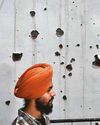
Mortar Memory
Along the quiet stretches near the border and the Line of Control in Jammu, a fragile calm once held sway, until the sudden thunder of heavy mortar shells since May 7 shattered it

Borders on the Boil
Whether it is Pakistan, China, Bangladesh or Myanmar, the unfinished business of history haunts the region every day
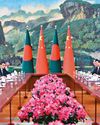
Neighbourhood 'Frisk' Policy
India needs to relook at Bangladesh as it partners with China to rebuild World War II air bases

Fields of Nowhere
MYAJLAR is one of the last towns on the Jaisalmer border, which, at 464 km, is one of the longest that India shares with Pakistan.
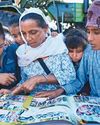
Brittle, Bitter Borders
In the marshlands of the Rann of Kutch, where the border is invisible yet hotly contested, belongingness becomes tentative
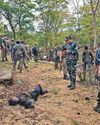
Red Fade
Since the regime change, something has been changing in Chhattisgarh. With top Maoist leaders killed, the remaining are insisting on a ceasefire or peace talks. The state must make the most of the situation
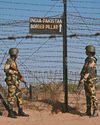
Sir Creek and Adam's Bridge
With the recent military standoff between India and Pakistan following the Pahalgam terror attack on April 22 that claimed the lives of 26 people, the Indo-Pak border region with its long history of tensions is once again in the limelight.
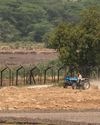
Lines Drawn in Blood
In villages caught between two nations, memory and fear shape everyday life. The land is under floodlights, children are sent away in silence, and home is a place one must keep returning to
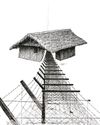
Maps and Minds
Maps have divided transnational ethnic groups Nagas, Zos, Bhutias, Bengalis and Nepalis, among others, but the Naga or the Zo mind does not accept the boundaries on government maps
